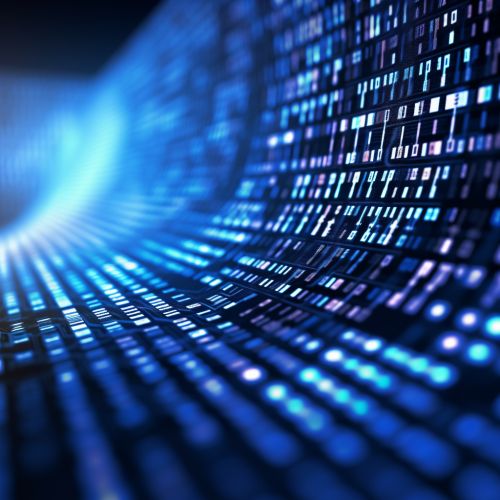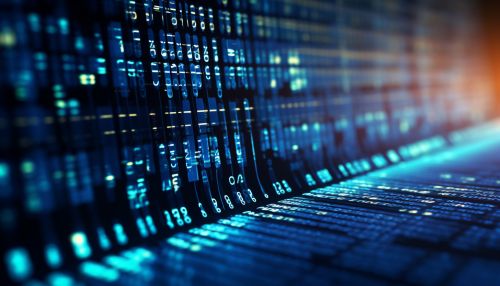Digital Communication
Introduction
Digital communication is a method of transmitting information that has been converted into digital data. This can include text, images, video, voice, and other forms of data. Digital communication has revolutionized the way we communicate, allowing for more efficient and faster transmission of information. It is a complex field that combines elements of computer science, electrical engineering, and information theory.
History of Digital Communication
The concept of digital communication dates back to the work of Claude Shannon in the mid-20th century. Shannon's work in information theory laid the groundwork for digital communication, including the development of binary code and the concept of information entropy.


Principles of Digital Communication
Digital communication is based on the principle of converting information into binary code. This binary code, represented by the digits 0 and 1, is then transmitted over a communication channel. The receiver then decodes the binary information back into its original form.
Types of Digital Communication
There are several types of digital communication, including digital broadcasting, digital telephony, and digital networking. Each of these types of digital communication uses different methods and technologies to transmit information.
Digital Broadcasting
Digital broadcasting is the transmission of audio and video information over a digital signal. This includes digital television and radio broadcasting. Digital broadcasting offers several advantages over analog broadcasting, including improved signal quality and the ability to transmit more information over the same bandwidth.
Digital Telephony
Digital telephony is the use of digital technology to transmit voice information. This includes technologies such as Voice over IP (VoIP) and mobile telephony. Digital telephony offers improved voice quality and the ability to transmit additional information, such as data and video, along with voice.
Digital Networking
Digital networking is the use of digital technology to connect computers and other devices together. This includes technologies such as Ethernet and Wi-Fi. Digital networking allows for the efficient transmission of data between devices, enabling a wide range of applications, from file sharing to video conferencing.
Advantages and Disadvantages of Digital Communication
Digital communication offers several advantages over analog communication, including improved signal quality, increased capacity, and more efficient use of resources. However, it also has some disadvantages, including the need for more complex equipment and the potential for security issues.
Future of Digital Communication
The future of digital communication is likely to see continued advancements in technology and increased use of digital communication in all areas of life. This includes the development of new technologies, such as 5G and beyond, and the increased use of digital communication in areas such as healthcare, education, and transportation.
